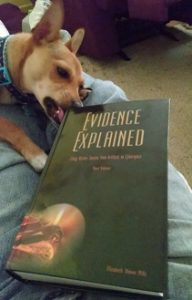When entering information into your genealogical database, always cite exactly what you used–not where that reference got the information. We cite what we saw–not what someone else say.
If an index says that Thomas Smith married Joan Brown in 1820 in Bourbon County, Kentucky, then we cite that index for that marriage. It does not matter that the index claims that the county records were used–if we did not see them, then we do not indicate that we did. If all I used was the index–then I cite is the index.
That way someone later (particularly ME) knows that I only used the index–and not the original. The original may indicate the actual date is in 1828 or in 1830. I should later try and locate the original. Then if I’ve used the original and it does say 1820–I can cite the original.
Only cite exactly what you used. Not what you wished you had.
Learn more about citation in:
- Evidence Explained: History Sources from Artifacts to Cyberspace 3rd Edition Revised
, Elizabeth Shown Mills








3 Responses
It wouldn’t hurt to add something to your citation like “I think “this data base” got the info from “whatever records.” This would be a clue to lead to the original records. We’ve all seen so many errors in transcribed documents. Seeing originals when possible is the ideal situation.
That would be something to add as a note, comment, or parenthetical item. Sometimes one has an idea of where the indexer got the material, sometimes it’s stated, and other times….
Very good advice & thank u for the example. Sometimes I have a problem trying to figure out what I need to write 4 my citation.